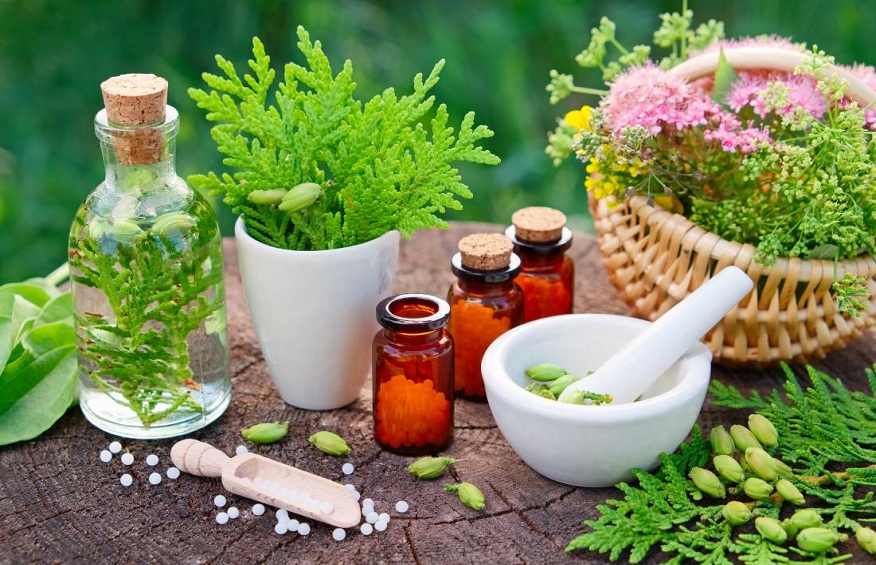Homeopathy is an alternative and complementary medicine that has been used for more than 200 years.
As this is how traditional medicine works, drugs that have the opposite effect are often used to treat symptoms.
For example, if you have trouble going to sleep or staying asleep, your doctor may give you a sedative.
In this case, the sedative effects help to calm overactive thoughts that might be keeping you up at night.
Homeopathy is based on the idea that “like cures like.” This is called the “law of similars.” In other words, a chemical that causes a certain set of symptoms can be used to treat those same symptoms if it is given in a low enough doses.
It is said that this method of treatment will start the body’s natural process of healing itself. When choosing a homeopathic treatment, the symptoms you’re having are often taken into account.
In this case, you might want to try something that wakes up your body and mind, like coffee cruda, to help you fall asleep.
Coffee cruda is a homeopathic medicine made from ground Arabica coffee beans. So, instead of “opposites,” “similars” are used as a treatment method in homeopathy.
What is homeopathy?
Homeopathy can be classified as either an alternative or supplemental medicine (CAM). Because of this, homeopathy is distinct from treatments that are considered to be part of standard Western medicine in a number of significant ways.
It was established in the 1790s by a German physician named Samuel Hahnemann based on a number of ideas that he had developed before.
One of the most important tenets of this so-called “therapy” is that “like heals like,” which means that a chemical that contributes to the development of particular symptoms might also work to alleviate those symptoms.
A method that involves dilution and shaking is referred to as succussion, and it is the foundation of a second fundamental concept.
Many practitioners are under the impression that the more a substance is watered down in this manner, the better its capacity to alleviate symptoms will be.
Homeopathic remedies frequently involve the use of substances that have been subjected to an extensive process of diluting in water until there is little or no trace of the original component left.
Homeopathy is utilized to “cure” a very extensive variety of ailments, including both physiological conditions like asthma and psychological conditions like depression. The scope of conditions that homeopathy may “heal” is incredibly broad.
How are homeopathic medicines made?
Homeopathic products come from either plants (like red onion, arnica, poison ivy, belladonna, and stinging nettle), minerals (like white arsenic), or animals (such as crushed whole bees).
Most homeopathic treatments come in the form of sugar pellets that are meant to be put under the tongue. Still, homeopathic treatments can come in many different forms, such as pills, ointments, gels, drops, and creams.
As you can see, homeopathic medicines are made with a wide range of substances. To make these chemicals less strong, a certain method is used.
One step of the process is to crush the active ingredient and then mix it with alcohol and/or water. Several times, this solution has been weakened.
In fact, it’s possible that the finished product won’t have any amount of the active ingredient that can be found.
After each time the mixture is watered down, it is shaken very hard. People think that when the drug is snorted, it starts to work. The more the substance is diluted, the less likely it is to have a big effect.
You can tell how strong a product is by looking at the label. The name of the ingredient will be followed by a number and a letter, like “X” or “C.”
The number shows how many times it was mixed and diluted before it was used. Most of the time, the dilution ratio will be written on the letter.
Products with a “C” on the label, for example, have a lower concentration but a higher intensity than those with an “X” on the label.
Therapies are “individualized,” which means they are changed to fit the needs of each patient. Because of this, it is rare for people with the same illness to get different kinds of care.
Homeopathy looks for patterns of signs and symptoms that are different from those found in conventional medicine.
It also uses a different diagnostic method to figure out which treatments should be given to each person.
The following are what is used to make homeopathic drops:
Herbs: Herbs are prepared using the entire plant, including the root, leaves, bark, seeds, flowers, and plant resins, in accordance with the guidelines outlined in the homeopathic pharmacopoeia.
Animal or animal products: Several homeopathic medicines, such as spiders, honey bees, snake poison, and spider poison, are derived from animals or products such as these.
Diseased products / tissues: Very few homeopathic remedies are made from the tissues or secretions from diseases that contain bacteria, viruses, and other microbes.
Healthy tissues or products: Homeopathic remedies can also be prepared using the healthy tissues and secretions of animals and humans.
Imponderables: The preparation of homeopathic remedies may also involve the utilization of various forms of energy, such as radiation, x-rays, and magnets, amongst others.
Final words
Homeopathic drops are made using plants (like red onion, arnica, poison ivy, belladonna, and stinging nettle), minerals (like white arsenic), or animals (such as crushed whole bees).
Natural remedies made from plants don’t have any bad effects or side effects. Because of this, herbal medicine is becoming more and more popular all over the world.
Most of the herbs used in homeopathy come from angiosperms, which are also called flowering plants.
But homeopathy also uses fungi, such as lichens, brown and red algae, as well as some conifers and ferns.

